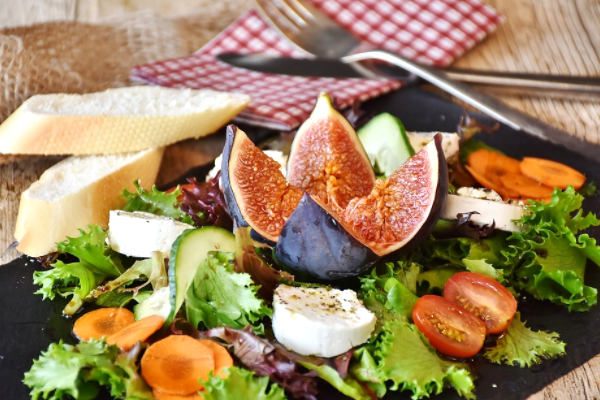
The COVID-19 pandemic has turned the food industry on its ear. Restaurants have had to either find a way to cope with significantly diminished traffic or go out of business,
change their menus to deal with the shift in carryout, or completely retool.
A new study from the National Restaurant Association (NRA) shows that consumers have increased their usage of takeout and delivery, and this trend will likely continue during the winter months.
The NRA says the upward movement in the frequency of takeout and delivery has spread across the three major dayparts — breakfast, lunch, and dinner — over the last few months.
Breakfast showed the biggest growth. The percentage of consumers picking up a breakfast meal or beverage from a restaurant or coffee shop took a big hit during the first several weeks of the pandemic as workers stayed home, but that has flipped in recent months, reaching a pandemic high of 35 percent last week.
Dinnertime was the overall big winner, with 66 percent of consumers saying they ordered takeout or delivery for dinner last week, up from 58 percent during the last week of February. The lunch trend mirrored dinner, with about 47 percent of consumers ordering noontime takeout or delivery for lunch last week, up 10 points from February.
An age thing
Older consumers get the nod for the largest increase in off-premises frequency. Sixty percent of baby boomers said they ordered takeout or delivery for supper last week, nearly 20 points up from late-February. Gen-Xers have also added to the uptick, with 66 percent of that age group purchasing takeout or delivery for dinner last week – up 8 percentage points from the last week in February.
Millennials and Generation Z adults continue to prefer takeout or delivery for dinner at higher rates than their older counterparts, but both groups were already using those options at pretty close to the same rate as they were before the pandemic.
Delivery’s time has come
Even though the consumer world has heard about DoorDash, GrubHub, and UberEats for the last few years, the delivery sector has actually been biting its nails and losing money for some time. “The business model of delivery platforms has sparked discussion and criticism. Many delivery aggregators are struggling to make profits, with most of them losing money every year,” said Marjolein Hanssen of Rabobank.
Hanssen says the crossroads is squarely on how food delivery platforms are able to engineer a win-win with restaurants that might be struggling with the commissions charged by the platform.
“Platform economics benefit from scale, but making delivery economics work remains a complex puzzle. As users of food delivery platforms might be price sensitive, consolidation in combination with the development of extra revenue streams seems to be the only way forward for food delivery platforms,” Hanssen concluded.
Become a Harlem Insider!
By submitting this form, you are consenting to receive marketing emails from: . You can revoke your consent to receive emails at any time by using the SafeUnsubscribe® link, found at the bottom of every email. Emails are serviced by Constant Contact








